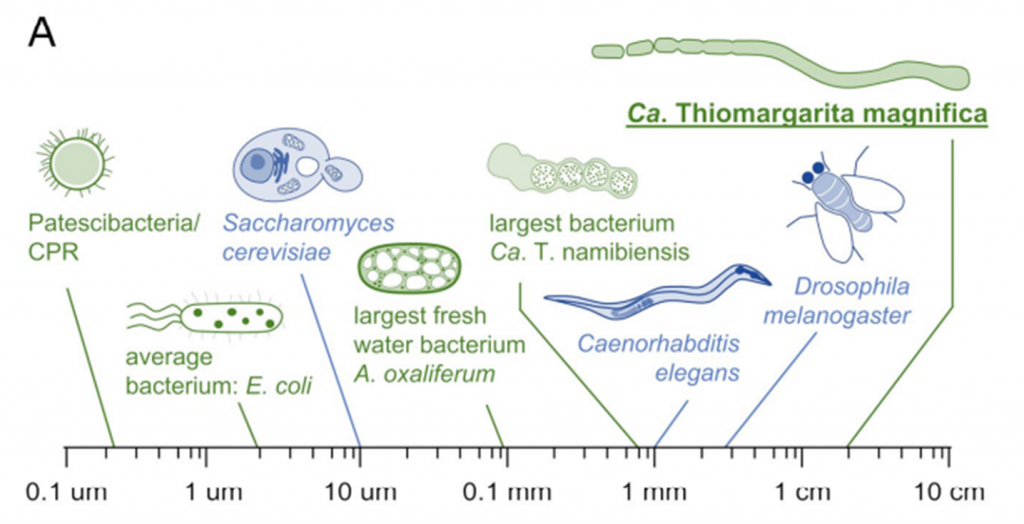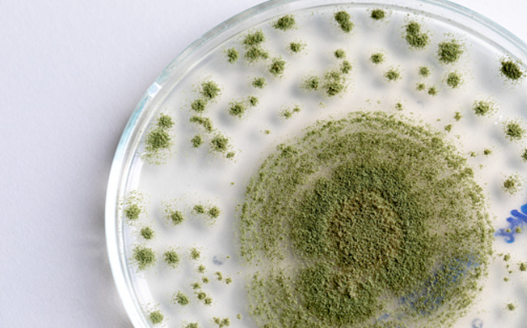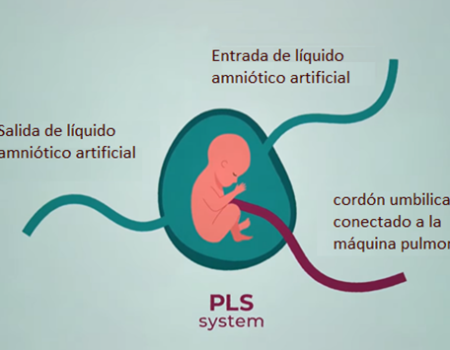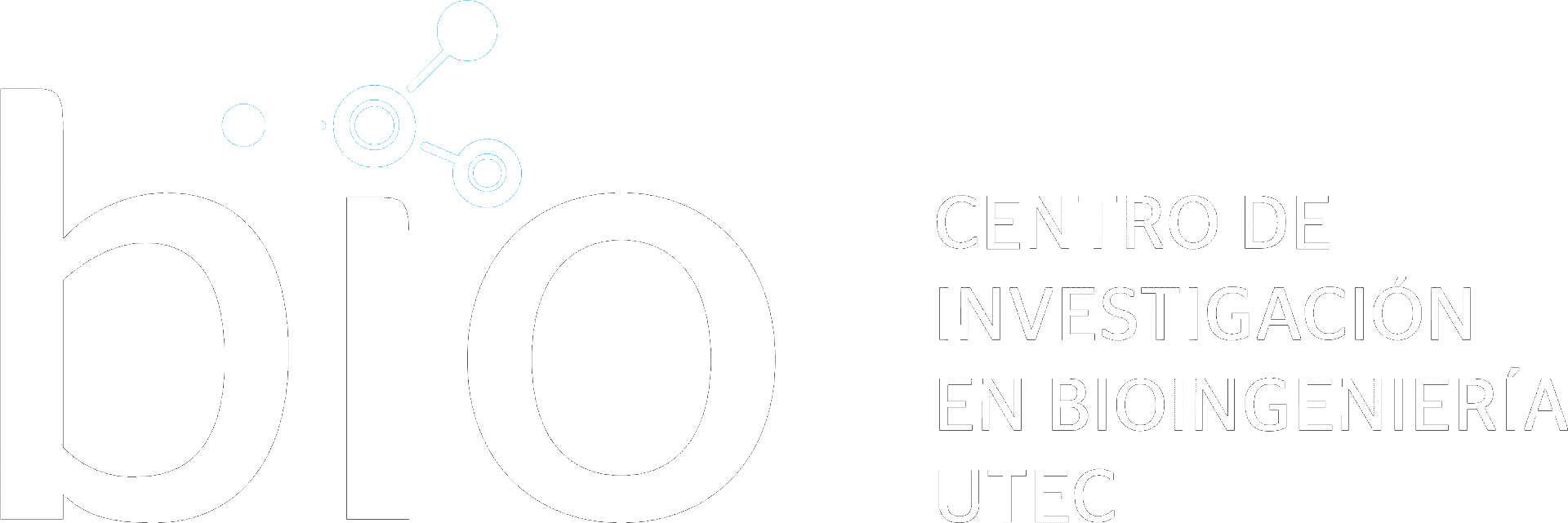
Head of Senior Laboratory – Tissue Engineering and Synthetic Biology Laboratory
Biologist Olivier Gros in 2009 while exploring the mangroves of Guadeloupe, in the French Antilles, found filament-like organisms, up to a centimeter long, which today are known to be the largest single-celled bacteria ever found. Called Thiomargarita magnifica, they live on sulfur oxidation and are 50 times larger than any other known bacteria. Some large sulfur bacteria (LSB) form very long filaments that can reach several centimeters in length, but are composed of thousands of individual cells that do not exceed 25 μm, which is very unique about T. magnifica is that the entire filament, which lies between the longest filaments of the mangrove, is only one cell.

In 2018 Jean-Marie Volland using methods such as tomography, confocal laser scanning microscopy and in situ hybridization characterized T. magnifica cells showing a large central vacuole that was continuous throughout the filament and the cytoplasm is 3 thick,34 1.48 μm and was restricted to the periphery of the cell. DAPI staining revealed that the DNA of T. magnifica cells were concentrated in membrane-bound granules and did not spread throughout the cytoplasm, as is common in bacteria. These DNA-containing bodies also housed dense structures in electrons 10 to 20 nm in size, similar to the ribosome signature. Fluorescent in situ hybridization (FISH) with probes specifically targeting Thiomargarite ribosomal RNA sequences confirmed that ribosomes were present and concentrated in these membrane-bound structures that spread throughout the cell, including apical yolks. This compartmentalization of DNA and ribosomes is reminiscent of genomic compartmentation in eukaryotes and represents a new cellular structure within bacteria.
Figura 2: Montaje de microscopía óptica de la mitad superior de una Célula de T. magnifica , con una parte basal rota que revela una morfología similar a un tubo debido a la gran vacuola central y numerosos gránulos de azufre intracelulares esféricos (se muestra un tardígrado como escala)
The T. magnifica genome contained 11,788 genes, more than three times the median prokaryotic gene count (3935 genes). Compared to eukaryotic organisms, T. magnifica has a genome the size of bakery yeast S. cerevisiae (12.1 Mb) and contains more genes than the model fungus Aspergillus nidulans (9,500 genes).
This discovery challenges conventional biological knowledge that bacteria have lower size limits than eukaryotic cells
References
- Volland et at., 2022 A centimeter-long bacterium with DNA compartmentalized in membrane-bound organelles https://doi.org/10.1101/2022.02.16.480423
- Sanderson K, 2022 . Largest bacterium ever found is surprisingly complex https://doi.org/10.1038/d41586-022-01757-1




